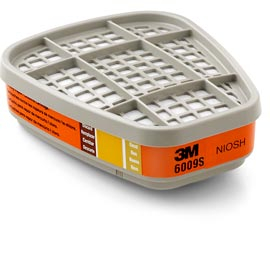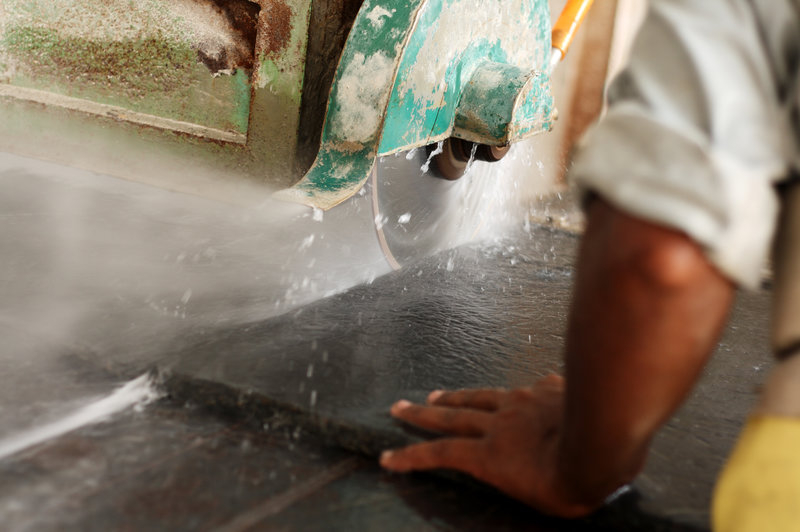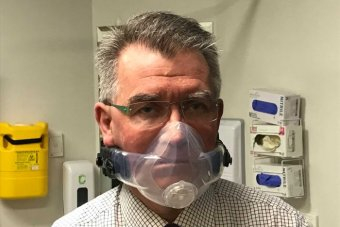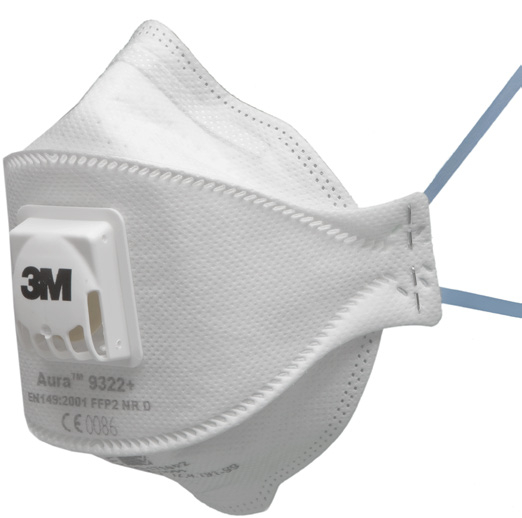 Understanding the different types of particulate filters and gas and vapour cartridges will help you select the right one.
Understanding the different types of particulate filters and gas and vapour cartridges will help you select the right one.
As per AS/NZS 1715 there are 3 different classes of particulate filters, P1, P2 and P3.
The negative pressure particulate categories are based facepiece coverage. All particulate filtering facepieces that cover the nose and mouth area only can achieve only a P1 or P2 classification. A P3 classification can ONLY be achieved when worn with a full facepiece.
- Class P1 particulate filters are used against mechanically generated particulates e.g. silica and wood dust.
- Class P2 particulate filters are used for protection against mechanically and thermally generated particulates or both e.g. metal fumes.
- Class P3 particulate filters are used for protection against highly toxic or highly irritant particulates e.g. beryllium (when worn with a full facepiece).
- NOTE: certain contaminants may have specific respiratory selection criteria outside this guide e.g. asbestos.
- Gas and vapour cartridges categories are distinguished by their filter type and class. Refer to AS/NZS 1715 for the complete list of filter types and what they are used for. Some commonly used filter types are:
- Filter type A = Certain organic vapours (boiling point above 65⁰C) from solvents such as those in paints and thinners (cartridge label colour = brown)
- Filter type B = Acid gases such as chlorine, hydrogen sulfide (sulphide) and sulfur dioxide (cartridge label colour = grey)
- Filter type E = Vapours from sulfur dioxide (cartridge colour = yellow)
- Filter type ABE = are suitable for both certain organic vapours/acid gases and sulfur dioxide e.g. solvents, chlorine and sulfur dioxide (cartridge label colour = brown, grey and yellow)
- Filter type K = ammonia gas (cartridge label colour = green)
- Filter type ABEK = are suitable for both certain organic vapours/acid gases, sulfur dioxide and ammonia (cartridge label colour = brown, grey, yellow and green)



 Artificial stone used to make kitchen and bathroom countertops has been linked to cases of death and irreversible lung injury in workers who cut, grind and polish this increasingly popular material.
Artificial stone used to make kitchen and bathroom countertops has been linked to cases of death and irreversible lung injury in workers who cut, grind and polish this increasingly popular material. The biggest lung disease crisis since asbestos: Our love of stone kitchen benchtops is killing workers
The biggest lung disease crisis since asbestos: Our love of stone kitchen benchtops is killing workers Use this quick selection guide to find the recommended respiratory protection for your hazard and face shape.
Use this quick selection guide to find the recommended respiratory protection for your hazard and face shape.